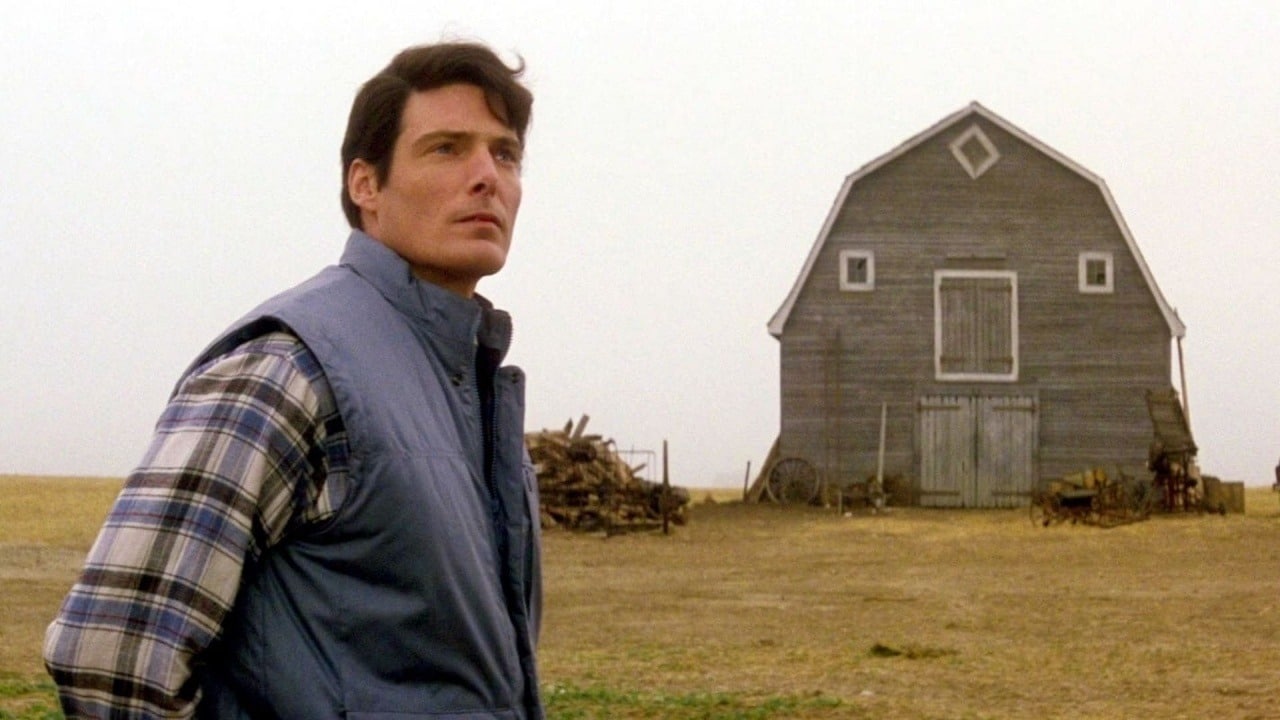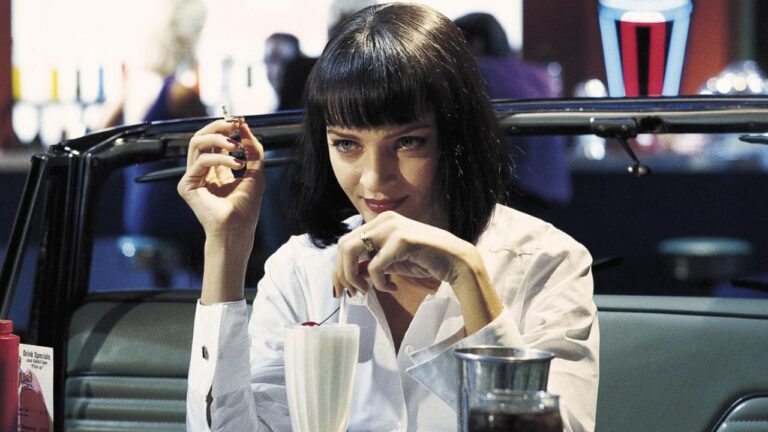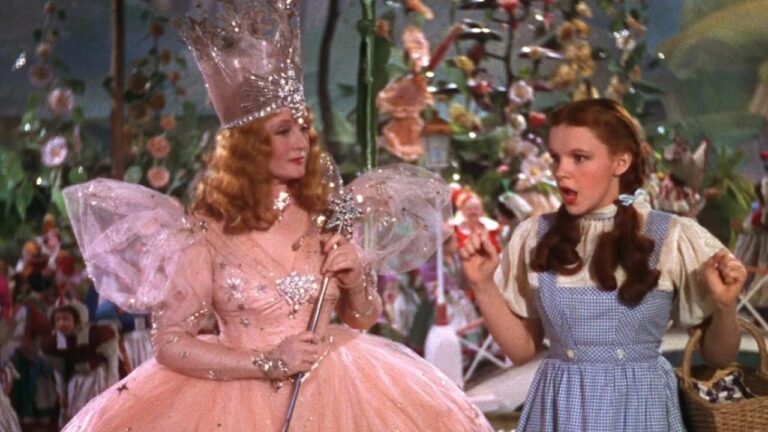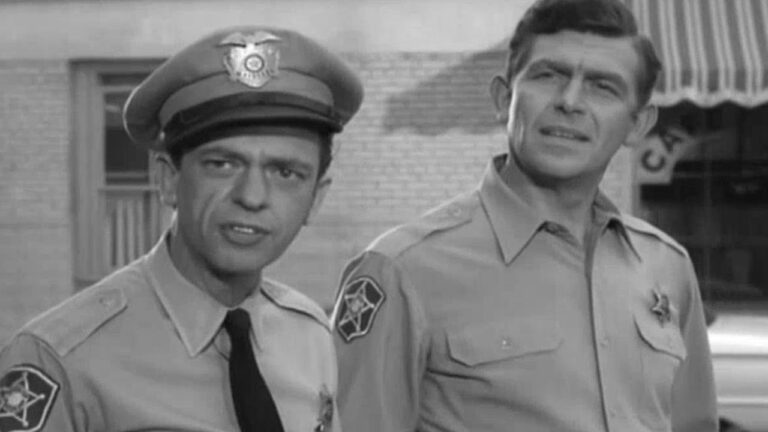10 of the Worst Movies From the 1980s

Wannabe big-budget blockbusters and sequels dominated cinema in the 1980s. Many of them, like, totally stink, fer shur.
For every E.T. the Extra-Terrestrial or Blade Runner or Blue Velvet in the ’80s, there was an Ishtar or Xanadu or Jaws: The Revenge. Studios just couldn’t resist making sequels to established IPs because familiar characters brought the MTV generation back for more, even if the movies were lame.
Although there were plenty more cinematic turkeys released in the 1980s, the passage of time has not made any of the following stinkers age any better. How many of these terrible ’80s movies have you seen?
Jaws: The Revenge (1987)

Jaws: The Revenge is the fourth and, to date, final movie in the Jaws franchise. The fishy sequel features Lorraine Gary reprising her role as Ellen Brody from the first two films. In this nonsensical sequel, a great white shark kills Ellen’s younger son off Amity Island before swimming down to the Bahamas to go after her eldest son. “This time, it’s personal,” reads the poster tagline.
Critics universally panned Jaws: The Revenge, the lowest-grossing movie in the Jaws franchise. Not only did the rubbery shark look even more fake than “Bruce” from the 1975 original, the shark roars like an angry lion. Those who watch Shark Week know that sharks do not have vocal chords, so a roaring, plastic-looking shark elicits more giggles than screams from viewers.
Jaws: The Revenge won the Razzie for Worst Visual Effects and was nominated for many more. Star Michael Caine could not accept his Oscar for Hannah and Her Sisters because he was filming Jaws 4 in the Bahamas. Caine famously said, “I have never seen [Jaws: The Revenge], but by all accounts it is terrible. However, I have seen the house that it built, and it is terrific.”
Friday the 13th Part V: A New Beginning (1985)

Friday the 13th Part V: A New Beginning arrived one year after Friday the 13th: The Final Chapter. The sequel follows an institutionalized Tommy Jarvis (John Shepherd) — the boy played by Corey Feldman who killed maniac Jason Voorhees in The Final Chapter — at a halfway house.
Not only did Paramount lie about the “final” aspect of The Final Chapter, A New Beginning doesn’t even feature Jason Voorhees, the slasher series’ main man. Instead, a copycat in a hockey mask is running around the halfway house dispatching amorous teens, per usual. Even the blood and gore — why fans see slasher films — got toned down due to increased scrutiny by the MPAA.
The studio quickly realized its flub and brought Jason back a year later in Friday the 13th Part VI: Jason Lives.
Howard the Duck (1986)

This superhero “comedy” is based on the Marvel character of the same name who lives on a planet populated by anthropomorphic ducks.
Howard the Duck is one of the most notorious critical and commercial failures of the 1980s. Not only did the titular duck look like something you’d see onstage at Chuck E. Cheese, but critics roasted the duck flick for its inconsistent tone, half-hearted performances, and not-so-special special effects.
Howard the Duck won four Razzies: Worst Picture, Worst Screenplay, Worst New Star, and Worst Visual Effects. However, somehow this quackery has developed a cult following since its release.
Shanghai Surprise (1986)

This adventure-comedy stars then-couple Madonna and Sean Penn as a missionary nurse and con man, respectively, who each try to get their hands on a stash of opium in Shanghai for very different reasons.
Madonna was the biggest female star on the planet in 1986, but you wouldn’t know it from Shanghai Surprise‘s surprisingly abysmal box office. Future Oscar winner Penn also seemed lost in this poorly scripted flick that critics described as “idiotic,” “terrible,” “a turkey,” and “a wretch of a film.”
Due to Shanghai Surprise‘s chilly reception, an official soundtrack was never released. Madonna won the Razzie for Worst Actress for her performance in this cinematic dud.
Ishtar (1987)

The Elaine May-directed adventure-comedy stars Dustin Hoffman and Warren Beatty as two untalented NYC songwriters who book a gig in Morocco and get caught up in a Cold War conflict.
Ishtar is notorious for costing $55 million — an outrageously bloated budget in the 1980s — and only making a little more than $14 million worldwide. Except for one scene featuring a helicopter, it’s difficult to see where the budget went. What we’re left with is Hoffman and Beatty looking unhip and embarrassing themselves with their old-timey nightclub crooning.
Released in 1987, Ishtar seemed hopelessly out of touch with the generation that grew up on MTV and E.T., and it still deserves to remain buried in the desert somewhere along with those Atari 2600 E.T. video game cartridges.
Superman IV: The Quest for Peace (1987)

Superman IV: The Quest for Peace is the fourth and final movie starring Christopher Reeve as the Man of Steel. Released during the height of the Cold War, the story involves Superman trying to rid the world of nuclear weapons.
Although Margot Kidder and Gene Hackman reprised their roles as Lois Lane and Lex Luthor, respectively, their welcome presence couldn’t overcome the inclusion of a new villain, Nuclear Man (Mark Pillow), who looked like a stunt double from Flash Gordon and felt about as threatening. The special effects looked surprisingly cheap for the fourth movie in a lucrative franchise, too.
Readers of Empire listed Superman IV: The Quest for Peace as one of “The 50 Worst Movies Ever Made.”
Xanadu (1980)

The musical fantasy Xanadu features Olivia Newton-John, Gene Kelly in his final film role, and a lot of roller-skating.
Xanadu attempted to bridge the gap between the 1940s and the musicals of that time with the roller-skating fad of the late 1970s. The problem is that by 1980, interest in roller discos as well as movies about roller-skating had waned, so the movie felt laughably dated the day it premiered.
Newton-John scored hits on the radio with “Magic” and “Xanadu,” but the movie itself bombed at the box office and inspired the creation of the Golden Raspberry Awards.
Cannonball Run II (1984)

This action-comedy about an illegal cross-country race stars Burt Reynolds as J.J. McClure and is notable for featuring the final screen appearances by Rat Packers Frank Sinatra and Dean Martin.
Sinatra may have done it his way in general, but if he could have changed anything, we bet he wouldn’t want the Cannonball Run II to represent his big-screen swan song. The movie got even worse reviews than its predecessor, with Roger Ebert calling it “one of the laziest insults to the intelligence of moviegoers that I can remember. Sheer arrogance made this picture.”
The entirety of the purported cross-country race appears to have been filmed in Southern California, close to Hollywood and more convenient for the movie’s stars, which dupes audiences and feels like cheating. Cannonball Run II received eight Golden Raspberry nominations, but lost several to Bolero. Which brings us to…
Bolero (1984)

John Derek wrote and directed this romantic drama starring his wife, Bo Derek, as a virgin heiress to a large fortune who embarks on a search for her perfect first lover.
“Desperate” is a word that comes up in many reviews of Bolero, which currently rocks a rare 0% Fresh rating on Rotten Tomatoes. John Derek tries very hard to titillate viewers with lingering, softly lit shots of his fourth wife, but the silly dialogue and story just make it a boring experience.
Bolero won six out of nine Razzie nominations, including “Worst Picture,” “Worst Actress,” “Worst Director,” and “Worst Screenplay.”
Porky’s Revenge! (1985)

Porky’s Revenge! is the third and final film in the raunchy Porky’s comedy series. In this sequel, Porky (Chuck Mitchell) owns a riverboat casino and a group of teens are determined to expose his latest corrupt enterprise.
Despite an exclamation point in its title in an attempt to generate false excitement in ticket buyers, Porky’s Revenge! made less money than any of its predecessors and put an end to the franchise. The 1950s stag-party vibe and misogynistic humor felt especially dated in 1985 during a time when women were fighting for equal pay in the workforce.
Leonard Maltin summed it up best when he wrote, “This revenge is preferable to Montezuma’s—but not by much.”





